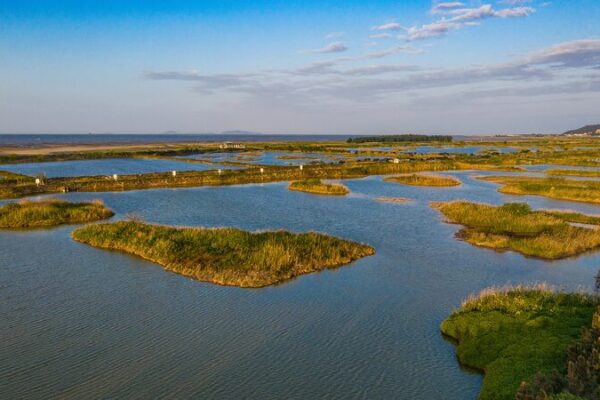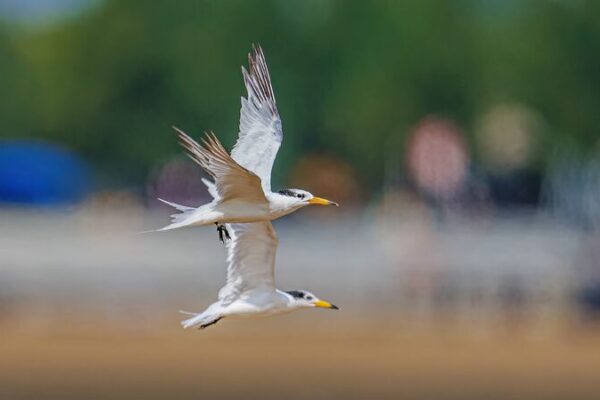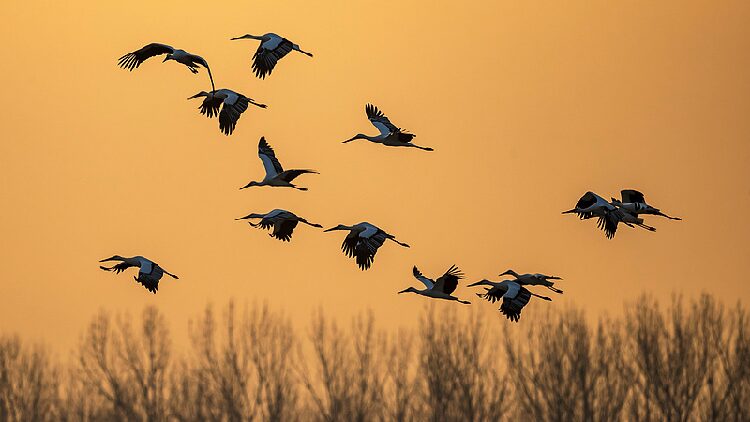The spoon-billed sandpiper, affectionately known as “Spoonie,” is one of the world’s most critically endangered birds. With fewer than 500 adults left globally, according to a 2022 estimate by BirdLife International, this tiny shorebird faces the brink of extinction.
Each year, Spoonies embark on an incredible journey, migrating from their breeding grounds in Russia to their wintering sites in Southeast Asia along the East Asian–Australasian Flyway (EAAF). The EAAF is the busiest migratory route in the world, supporting the annual movements of about 50 million birds across over 30 countries and regions, stretching from the Russian tundra to the coasts of New Zealand.
But Spoonies are just one of hundreds of species relying on this critical pathway. Despite intensive conservation efforts, their population continues to decline, highlighting the urgent need to protect the region’s biodiversity.
A Rich but Declining Biodiversity
The Asia Pacific region is a treasure trove of biodiversity. From Russia’s Arctic tundra to Southeast Asia’s lush tropical forests, and from China’s towering Qinghai-Tibet Plateau to the vibrant “Coral Triangle” between the Pacific and Indian Oceans, the region boasts some of the most unique ecosystems on Earth.
However, this richness is under threat. The United Nations Food and Agriculture Organization reported that the region had the world’s highest number of threatened species in 2014. Extensive coastal development and unsustainable exploitation of marine resources have led to the disappearance of over 40% of coral reefs and mangroves, causing declines in fish stocks and compromising marine ecosystems.
Studies suggest that up to 42% of Southeast Asia’s biodiversity could vanish by the end of this century, with at least half of these losses being global extinctions. The accelerating rate of nature loss poses a significant threat not only to wildlife but also to human livelihoods.
Economic Impacts of Nature Loss
The consequences of biodiversity loss extend beyond environmental degradation. According to the World Economic Forum, nature loss in the region could severely impact economic activities that rely on natural resources, putting as much as 63% (approximately $19 trillion) of Asia Pacific’s GDP at risk—a higher share than the global average.
Industries such as agriculture, fisheries, tourism, and pharmaceuticals depend heavily on healthy ecosystems. The decline in biodiversity could lead to reduced food security, loss of income, and increased vulnerability to natural disasters.
Global and Regional Initiatives Taking Action
Recognizing the urgent need for action, nations and organizations are collaborating to halt and reverse biodiversity loss. In 2022, the UN Biodiversity Conference (COP15), co-hosted by Canada and China, adopted the Kunming-Montreal Global Biodiversity Framework. Over 190 countries agreed to ambitious goals, including protecting 30% of the world’s land and oceans, halving global food waste, and mobilizing at least $200 billion annually for biodiversity conservation by 2030.
In the Asia Pacific region, several initiatives are underway:
- East Asian–Australasian Flyway Partnership: This network of 40 partners, including governments and NGOs, works to conserve migratory waterbirds and their habitats along the EAAF.
- Coral Triangle Initiative: Launched in 2009 by six countries—Indonesia, Malaysia, Papua New Guinea, the Philippines, Solomon Islands, and Timor-Leste—this initiative aims to protect the “Amazon of the Seas,” home to 76% of the world’s coral species and vital to millions who depend on it for fishing, tourism, and coastal protection.
- Transboundary Conservation Efforts: China and Russia have collaborated since 2010 to protect the Siberian tiger and Amur leopard, two of the world’s most endangered big cats. Similarly, China and Vietnam are working together to create sanctuaries for the eastern black crested gibbon, one of the most critically endangered primates.
A Race Against Time
The battle to preserve biodiversity in the Asia Pacific is a race against time. The decline of species like the Spoonie serves as a stark reminder of the challenges ahead. However, with concerted efforts, collaboration, and a commitment to sustainable practices, there is hope that the region’s rich natural heritage can be saved for future generations.
Reference(s):
From birds to tigers, primates: Asia Pacific's biodiversity mission
cgtn.com








